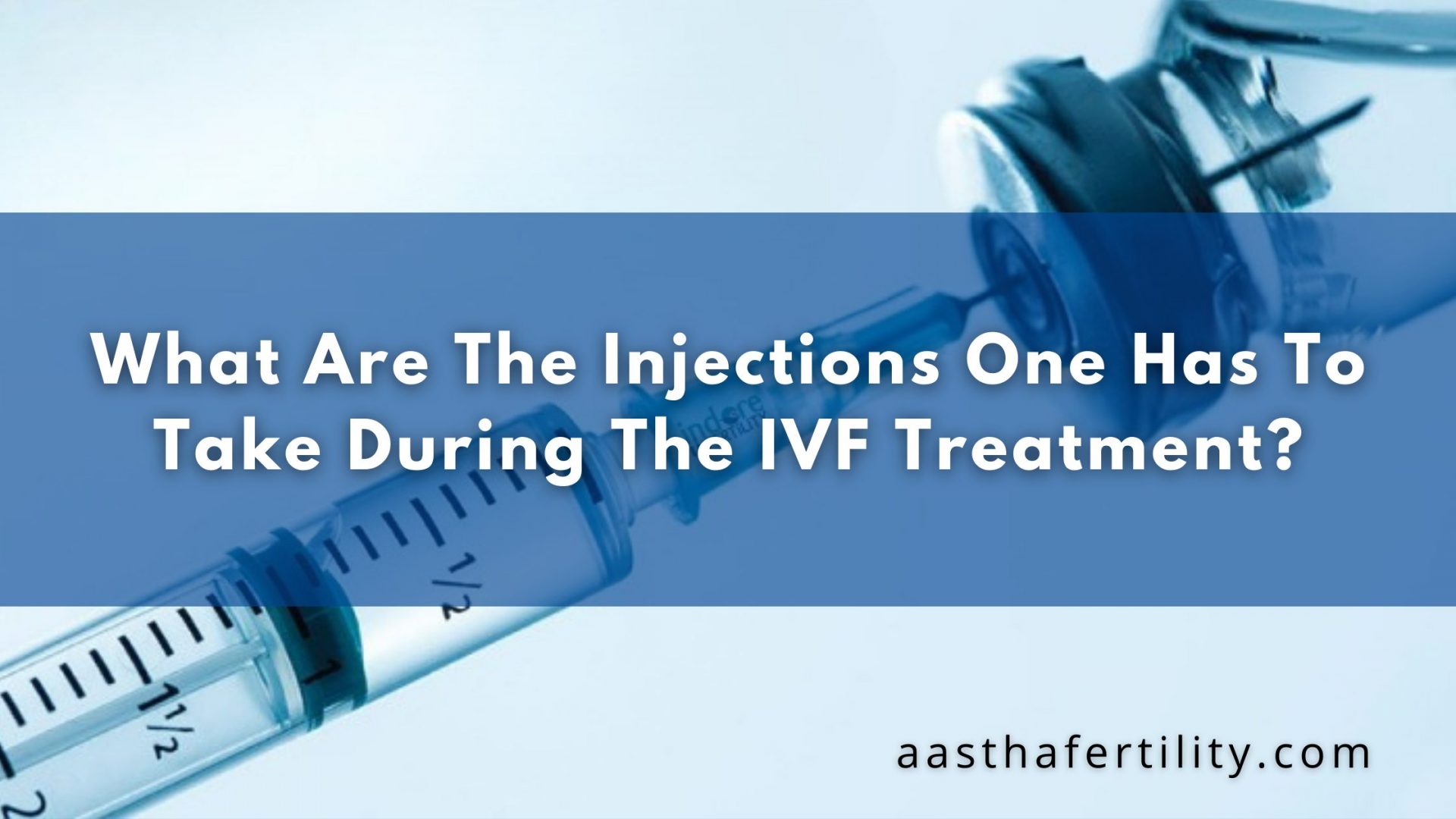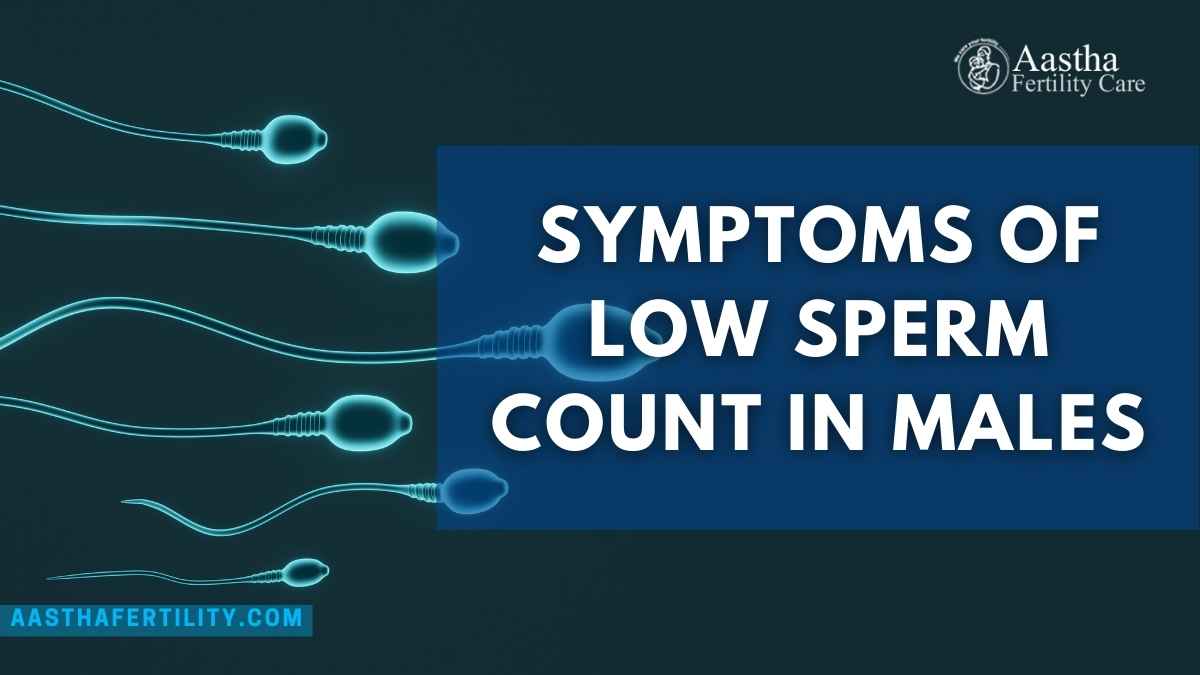Table of Contents
ToggleIVF Treatment is one of the most complex and costly treatments for patients, demanding both patience and proper care without any negligence, neither on patients nor from doctors.
In-Vitro Fertilization, therefore, involves a complex procedure series that helps increase fertility and prevent further genetic problems, assisting with the conception of a child. The female eggs are combined with their partner’s sperm in a petri dish in this process.
Monitoring and stimulating a woman’s ovulatory process, removing ova or ovum from ovaries, and fertilizing the eggs in the laboratory are the significant steps of the IVF procedure.
Being a complex and costly process, doctors always advise taking the necessary preliminary preparations and evaluations before IVF or test tube baby, which further helps increase the treatment’s success rates.
What is IVF with Laparoscopy or Hysteroscopy?
Laparoscopy or Hysteroscopy examines a woman’s internal pelvic structure, gathering essential information regarding common gynaecological disorders and infertility problems. Some issues are not easily discovered with external physical examinations, demanding Laparoscopy/ Hysteroscopy, thereby providing pelvic organs’ a direct and clear look.
Depending on patients’ situations, these conditions are recommended as a crucial part of the infertility care process. These treatments are used for both operative and diagnostic purposes. Laparoscopy is recommended to look outside the uterus, ovaries, fallopian tubes, and internal pelvic areas. Hysteroscopy is used to examine the inner side of the uterine cavity.
If any abnormal condition or problem is detected during these diagnostic procedures, operative Hysteroscopy and Laparoscopy are performed immediately, eliminating the need for further surgeries.
IVF treatments conducted with initial Laparoscopy and Hysteroscopy increase the chances of having a baby through IVF, confirming the desired parents.
- Detailed Information for Laparoscopy:
Laparoscopy is always performed under general anaesthesia, making the patient unconscious during the procedure and not feel any pain. Therefore, the process is helpful in unexplained infertility, unexplained pelvic pain to patients with a history of pelvic infection, uterine fibroids, endometriosis, ectopic pregnancy, ovarian cysts, or tumours. The process is usually performed soon after the menstruation ends.
- Detailed Information for Hysteroscopy:
Hysteroscopy is another helpful procedure used to evaluate a woman with infertility issues, abnormal uterine bleeding, or recurrent miscarriage. It is also used to examine any uterine activity, helping with the easy diagnosis of fibroids protruding into the uterine cavity. Pelvic Ultrasound, hysterosalpingogram (an x-ray using a dye to outline fallopian tube or uterus), sonohysterogram (ultrasound with a saline introduction into the uterine cavity), or an endometrial biopsy are conducted to evaluate the uterus before Hysteroscopy.
Pain is subjective in Hysteroscopy as some might feel no pain, and others might experience severe pain. The doctors say that if you find the procedure too painful or uncomfortable, the patient can ask the doctor to stop anytime. During Laparoscopy, the patient is given anaesthesia to numb the area not to feel any pain.
How is Laparoscopy Beneficial for Couples Undergoing IVF?
Laparoscopy can help treat a woman with particular infertility problems. This can also be considered a fundamental procedure for prospective IVF treatments and identify any possible gynaecological cause of infertility. But IVF patients already need to undergo multiple tests, so will they find anything new with invasive Laparoscopy?
In more than 40% of the cases, females are diagnosed with some or other issues that can be identified with clear examinations, examining the uterine cavity being one of the significant issues. For most patients who have a history of IVF failure, Laparoscopy helps treat issues like endometriosis, helping them conceive after the surgery.
The Procedure of Laparoscopy Test:
Laparoscopy is a simple outpatient procedure, and the patient can undergo the same in an ambulatory surgical centre, a hospital, or a fertility doctors’ office.
The patient is given anaesthesia before starting the procedure, making them sleep or inactive so as not to feel any pain. After providing the anaesthesia, the surgeon will do the following steps-
- First, they will insert a needle into the abdomen.
- Next, the doctor will inject a gas into the abdomen, making it easier to see the organs and the structures.
- The doctors then remove the gas needle and insert a tiny camera through an instrument called a laparoscope through a tiny incision.
- After this, the doctor will make a second incision to insert a small probe tube.
The camera inserted in the abdomen is used to examine the structures and their shapes in this process. The probe is further used to lift and move the organs for a clear view.
Depending on the view that doctors will get from the patient’s abdomen, the doctor will take the following steps-
- Injecting a dye through fallopian tubes to have a clear view to see whether they are open for the sperms and eggs to travel or not.
- An attempt to open blocked or stuck fallopian tubes.
- Correcting abnormalities.
- Removing adhesions or scar tissues.
A third incision is further inserted in the patient’s abdomen, inserting necessary instruments to perform any additional procedure. Lastly, the surgeon will remove all the inserted tools and stitch the incisions.
A patient needs to be under observation for at least 2-3 hours after the process to ensure no further complications are associated with the same and that the recovery has gone well. It is also advised for a patient to have someone drive them home after Laparoscopy.
Things To Remember Before Taking the Hysteroscopy/ Laparoscopy Test
The best time to perform a Hysteroscopy test is during the first week after periods. The healthcare provider will give the best view inside the uterus for examination procedures. Patients need to follow the mentioned guidelines before visiting the hospital for Laparoscopy or Hysteroscopy.
- They are advised not to eat, drink or smoke anything except water after midnight the day before surgery.
- Patients are advised to wear low-heeled shoes on the day of surgery as they may feel unsteady or tired on their feet after anesthesia.
- They are also advised not to carry any piece of jewelry.
- Patients are advised to wear loose-fitting clothes as they might experience slight cramping or abdominal tenderness after the surgery.
- Patients are also strictly advised to remove nail polish before the surgery.
Conclusion
Hysteroscopy and Laparoscopy allow physicians to correct and diagnose gynaecological disorders outpatient. Therefore, patients’ recovery time is brief and more minor than that taken to recover abdominal surgery through more extensive incisions.
Patients also need to have a transparent and open conversation with their doctors or assisted professionals before undergoing these treatments, disclosing any concerns and risks.
At Aastha Fertility Care, our team of fertility experts provides the best IUI treatment, IVF, and ICSI, along with top-notch facilities and services. Treatments and assistance for Laparoscopy and other related therapies at Aastha Fertility Care will help analyze all the risks diagnosing the same with increased rates of having a healthy baby.
Book your Appointment now for the Best Care.
Frequently Asked Question
1. Why Is a Laparoscopy Done Before IVF?
Doctors prefer Laparoscopy before IVF as it helps them diagnose any abnormalities and difficulties that might hinder attaining successful pregnancy. The problems diagnosed by Laparoscopy are endometriosis, ovarian cysts, and pelvic adhesions.
2. How soon can you do IVF after Laparoscopy?
If endometriosis is diagnosed after Laparoscopy, patients should wait for 7 to 25 months before IVF treatment. If there are no abnormalities seen, doctors can start the treatment right away.
3. Does Laparoscopy improve the success of IVF treatment?
Yes, Laparoscopy indeed increases the success of IVF treatment, especially for females dealing with unexplained infertility and past failed IVF cycles.





Leave a comment